Tired of doors taking up valuable floor space? A bulky swing can disrupt your room’s flow. We have a solution that hides the door away, creating a clean, open feel.
The Slide & Hide kit is appealing because it saves significant space by sliding the door into a wall cavity. This creates a minimalist look, offers a smooth, soft-close operation, and is perfect for modern, functional designs where every inch of space counts.
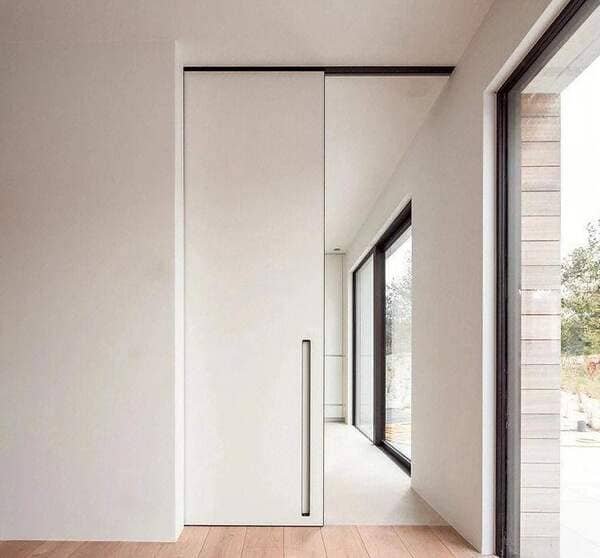
I’ve worked with countless contractors and designers over the years. We all agree on one thing: how you use space can completely change the feel of a home. A simple pocket door system isn’t just a piece of hardware; it’s a tool for creating smarter, more open living environments. So, let’s get into the details of making sure these systems perform perfectly and add real value to your projects.
How can you make a pocket door slide better?
A pocket door that sticks or rattles is frustrating. Poor performance ruins the sleek design. You need reliable hardware that ensures a smooth, silent glide every single time.
To make a pocket door slide better, use high-quality hardware. Focus on a rigid, straight track and durable rollers with quality bearings. Proper installation is critical to prevent binding. Regular cleaning of the track also keeps the door moving smoothly for years.
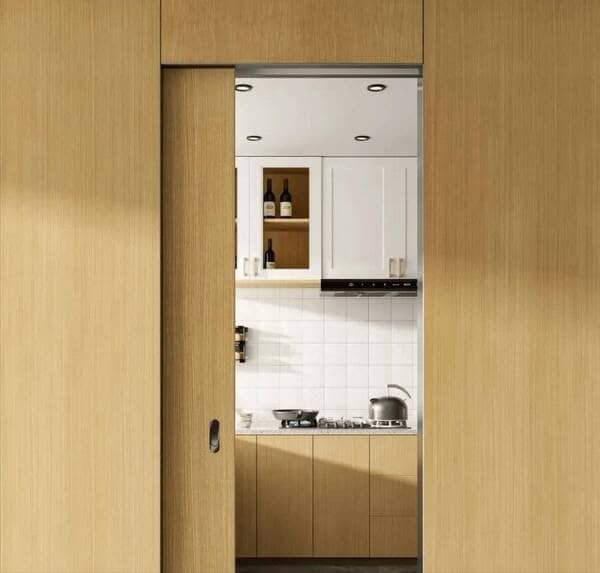
In my experience, the performance of a pocket door comes down to three things: the track, the rollers, and the installation. If you compromise on any of these, you’ll end up with problems. A door that feels solid and glides effortlessly is the goal, and that starts with choosing the right components from the very beginning.
The Foundation: The Track
The track is the backbone of the entire system. A flimsy aluminum track will bend over time, causing the door to scrape and stick. We insist on using heavy-gauge, extruded aluminum1 for our tracks. It’s incredibly rigid and ensures a perfectly straight path for the door, even with heavy solid-core doors. A straight track is non-negotiable for a smooth slide.
The Engine: The Rollers
If the track is the foundation, the rollers are the engine. This is where many manufacturers cut corners. Low-quality rollers use cheap plastic wheels and unsealed bearings that quickly fill with dust and debris. This leads to that grinding, noisy operation everyone hates. Our rollers use precision ball bearings2 sealed for life, housed in a durable casing. This ensures a whisper-quiet glide that feels premium.
| Feature Affecting Performance | Low-Quality Hardware | High-Quality Hardware (Our Standard) |
|---|---|---|
| Track Material | Thin, bendable metal | Heavy-gauge, rigid aluminum |
| Roller Bearings | Unsealed, basic | Sealed, precision ball bearings2 |
| Weight Capacity | Low, often under 50kg | High, easily supports over 100kg |
| Adjustment | Limited or none | Easy vertical and horizontal adjustment |
Proper installation is the final piece. A frame that is not installed perfectly plumb and level will cause the door to bind. That’s why our kits come with detailed instructions to help installers get it right the first time.
Do pocket doors actually add value to a home?
Looking for features that make a property stand out? Standard doors are expected. A pocket door adds a custom, high-end touch that can impress potential buyers and increase appeal.
Yes, pocket doors add value. They increase usable floor space, which is a premium in any home. They also offer a modern, clean aesthetic and create flexible living areas. These functional and design benefits are highly attractive to homebuyers.
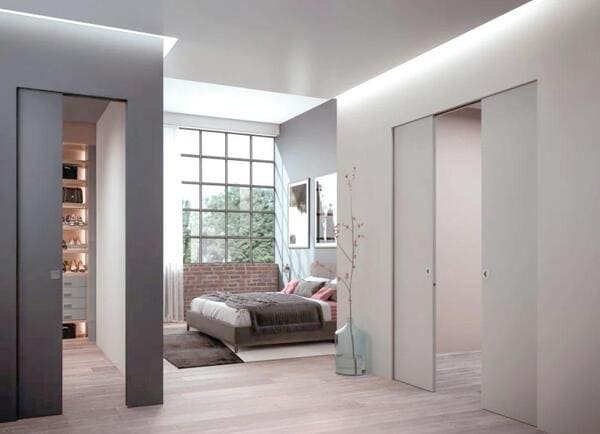
When I talk to developers, adding value is always the main topic. They aren’t just building houses; they’re creating a product that needs to sell. Little details can make a big difference, and pocket doors are one of those details that buyers notice. It shows thought was put into the layout and functionality of the home.
More Usable Space
The most obvious value is the space you gain. A standard hinged door requires a clear swing arc, which is typically around 9 square feet of useless floor space. In a small bathroom, laundry room, or walk-in closet, that’s a huge amount of an already limited area. By sliding the door into the wall, you make that space usable for furniture, storage, or just better flow. In today’s market, maximizing every square foot is a direct increase in value.
Modern Design and Flexibility
Pocket doors offer a clean, minimalist aesthetic that is very popular in modern design3. When the door is open, it disappears completely, creating an unobstructed opening between rooms. This makes spaces feel larger and more connected. It also allows for more flexibility. You can have a wide opening between a living room and an office, and then easily close it off for privacy when needed. This adaptability is a feature that modern families are looking for.
A Sign of Quality
Finally, a well-installed, smooth-operating pocket door feels like a premium feature. It’s not something you find in every budget home. When a potential buyer sees thoughtful additions like this, it signals that the builder didn’t cut corners. It contributes to the overall perception of the home as being well-built and high-quality, which can justify a higher price tag.
Where can you not put a pocket door?
You have the perfect spot for a pocket door, but are you sure the wall can handle it? Installing it in the wrong place can cause major structural or plumbing issues down the road.
You cannot put a pocket door in most load-bearing walls without significant structural changes. It’s also impractical in walls filled with critical plumbing, vents, or extensive electrical wiring. The wall must have enough depth to accommodate the door and frame.
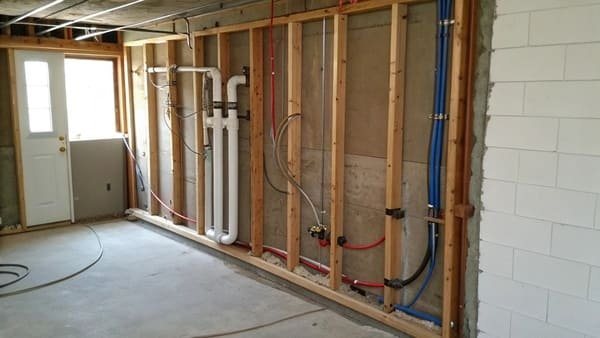
It’s just as important to know where not to use a product as it is to know its benefits. I always advise my clients to check the wall’s structure before planning a pocket door. A mistake here can be very expensive to fix. It’s better to choose a different location than to compromise the integrity of the home.
Load-Bearing Walls
This is the number one rule. A load-bearing wall4 supports the weight of the floor or roof above it. To install a pocket door, you have to remove the vertical studs inside the wall. Doing this to a load-bearing wall4 without adding a proper structural header above the opening is extremely dangerous and can cause serious structural damage. While it’s technically possible with major engineering work, in most cases, it’s best to find a non-load-bearing wall4 instead.
Walls with Utilities
Think about what’s inside the wall. Many interior walls, especially those around kitchens and bathrooms, are filled with pipes, HVAC ducts, and electrical wires. You can’t just cut these out. While a single electrical wire can sometimes be rerouted, a large drainpipe or vent stack makes a pocket door installation impossible. Always check what’s inside the wall before you start cutting.
Wall Thickness and Material5
Our standard pocket door kits are designed for typical wood-stud walls (e.g., 2×4 construction). If the wall is too thin, the pocket frame simply won’t fit. You also need to consider the wall material. While it’s possible to install a pocket door in a block or concrete wall, it’s a much more complex and costly job that requires specialized tools and expertise.
What is the most common problem with sliding doors?
Have you ever dealt with a sliding door that constantly falls off its track or makes a terrible noise? These common issues can turn a convenient feature into a major headache for the homeowner.
The most common problem is the door coming off the track, often caused by low-quality rollers or a flimsy track. Other frequent issues include noisy operation due to worn-out parts and difficulty sliding because of misalignment during installation.
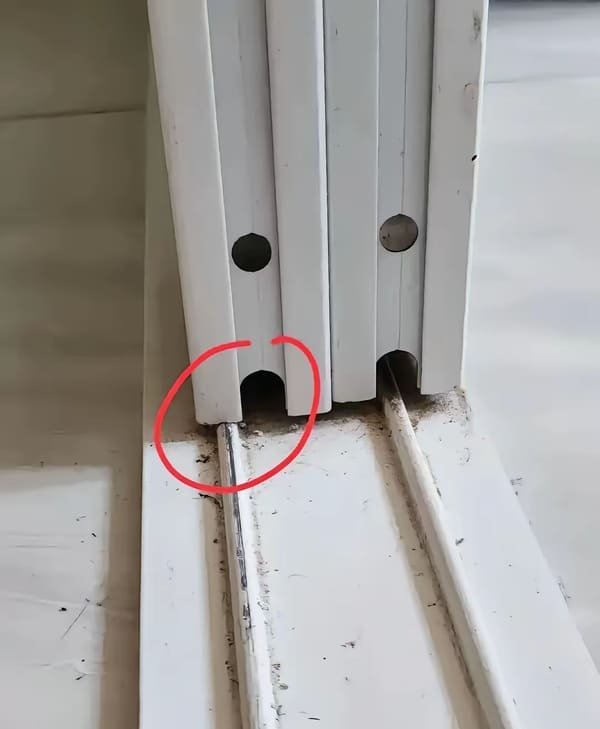
At our factory, we spend a lot of time analyzing product failures. Understanding why things break is the key to making better products. For sliding pocket doors, the problems almost always trace back to the quality of the hardware. The door itself is fine, but the system that moves it fails.
Problem 1: Off-Track Doors
This is the classic complaint. A door falling off its track is not only annoying but can also be a safety hazard. This happens for two main reasons. First, cheap rollers don’t have a deep enough groove or a secure enough connection to the track. Second, a weak track can bend under the door’s weight, allowing the rollers to pop out. Our solution is a deep-set track design6 and robust four-wheel roller assemblies that grip the track securely, making it virtually impossible for the door to jump the track.
Problem 2: Noisy and Rough Operation
A pocket door should be quiet. If it sounds like a train coming through the house, the hardware has failed. This noise usually comes from cheap bearings in the rollers that have worn out or become contaminated with dust. We use high-quality, sealed ball bearings7 to prevent this. They provide a smooth, silent glide that lasts for the life of the door. Another cause is a track that isn’t smooth. We ensure our aluminum tracks are perfectly extruded and finished to create a seamless rolling surface.
Problem 3: Sticking and Binding
A door that’s hard to move defeats the purpose of convenience. This is almost always an installation issue. If the pocket frame is installed out of plumb, the door will rub against the frame. Our kits are designed to be forgiving, with adjustable hangers that allow for fine-tuning after the door is hung. This helps the installer achieve a perfect fit and eliminates binding.
How can you make a sliding door look better?
A visible, clunky track can ruin the look of a beautiful door. You want a seamless design, not an industrial-looking rail on your wall. How do you achieve that clean finish?
To make a sliding door look better, choose a system that conceals the hardware. A pocket door kit hides the track and rollers inside the wall entirely. This creates a clean, minimalist opening that puts all the focus on the door and the architecture.
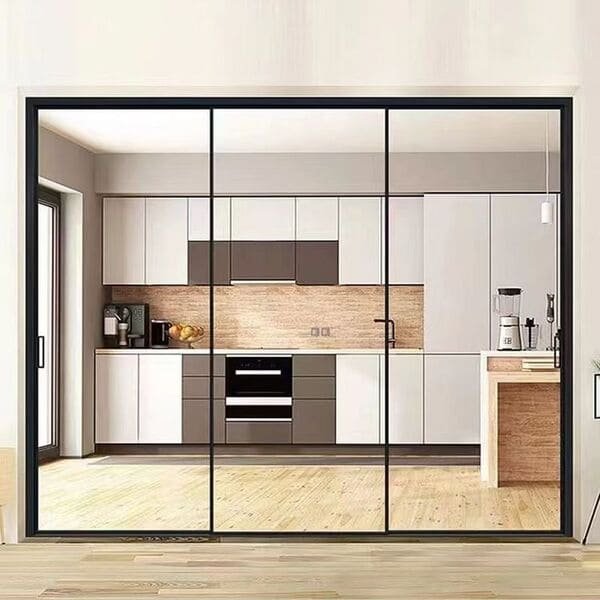
Design is all about the details. For years, sliding doors meant ugly, exposed hardware. It was a purely functional choice. But that’s not the case anymore. The goal now is to have all the function without compromising on style. A concealed system is the best way to do that.
Concealment is Key
The beauty of a "Slide & Hide8" system is in its name. The entire mechanism—the track, the rollers, the pocket frame—is hidden within the wall cavity. When the door is open, it vanishes. When it’s closed, it looks just like a normal wall and door. There’s no visible hardware to distract the eye. This creates an incredibly clean, uncluttered look that designers and architects love. It allows the door itself, whether it’s a simple painted slab or a custom wood design, to be the star.
Creating a Frameless Appearance
For the ultimate minimalist look, you can pair a concealed pocket door kit9 with frameless jambs. This eliminates the traditional door casings around the opening. The result is a simple, clean opening where the wall surface runs right up to the edge of the door. It makes the door feel like an integral part of the wall itself. This is a high-end design detail that makes a space feel custom-built and modern.
Consistent Finishes
Another benefit of a hidden system is that you don’t have to worry about matching hardware finishes. With exposed barn door hardware, for example, you have to choose a track finish (black, stainless, bronze) that works with the room’s other fixtures. With a pocket door, this isn’t an issue. The focus can remain on the door handle or pull, allowing you to match it perfectly with other hardware in the room without a large, distracting track overhead.
Are sliding doors a security risk?
Security is a top concern for any opening in a home. Traditional sliding glass doors have a reputation for being vulnerable. Does this apply to all sliding door types?
Exterior sliding glass doors can be a security risk if not properly secured. However, interior pocket doors are not a security concern. For interior applications requiring privacy, they can be fitted with specialized pocket door locks and latches.
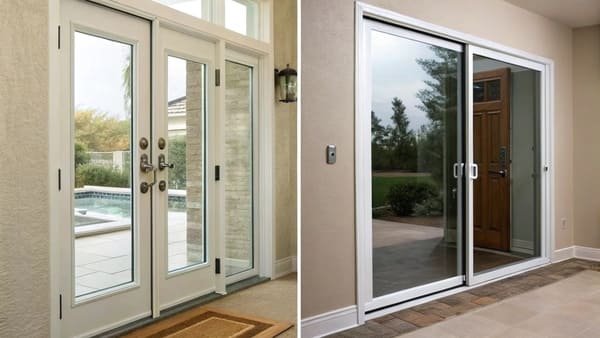
This question comes up a lot, and it’s important to be clear. We need to separate the idea of an exterior, patio-style sliding door from an interior pocket door. Their purpose and construction are completely different. Security is critical for one, while privacy is the main concern for the other.
Interior vs. Exterior Applications
Most of our kits, including the Slide & Hide system, are designed for interior use. They are meant to divide rooms, close off closets, or provide privacy for bathrooms and offices. They are not built to withstand forced entry from the outside. Exterior sliding doors are a completely different product, built with heavy-duty frames, tempered glass, and multi-point locking systems for security. You would never use an interior pocket door kit for an exterior wall.
Privacy for Interior Pocket Doors
For interior use, the main concern isn’t security from intruders, but privacy. And yes, you can absolutely make a pocket door private. There is a wide range of hardware specifically designed for this. You can install:
- Privacy Latches: These have a simple thumb-turn on the inside to lock the door, with an emergency release slot on the outside. They are perfect for bathrooms and bedrooms.
- Keyed Locks: For a home office or storage room where you need more security, you can get pocket door locks that operate with a key.
- Passage Latches: These simply help you pull the door closed and are used for closets or hallways where no lock is needed.
The important thing is to choose a lock specifically made for pocket doors, as they are designed to sit flush with the door so it can slide fully into the pocket. Our kits are compatible with all standard pocket door hardware.
Conclusion
The Slide & Hide kit saves space, looks great, and works smoothly. It adds real value by combining modern design with smart functionality, making any room feel bigger and better.
Explore the advantages of heavy-gauge, extruded aluminum for durability and performance in door systems. ↩
Learn how precision ball bearings enhance the performance and longevity of roller systems for smoother operation. ↩ ↩
This link will help you understand the impact of modern design trends on property value and how to incorporate them into your home. ↩
Understanding load-bearing walls is crucial for safe renovations. This resource will provide essential insights into their importance. ↩ ↩ ↩
Explore this link to learn how different wall materials impact pocket door installations, ensuring a successful project. ↩
Explore this link to understand how deep-set track designs enhance door stability and prevent off-track issues. ↩
Learn about the benefits of using high-quality, sealed ball bearings for smooth and silent door operation. ↩
Explore this link to understand how a Slide & Hide system can enhance your space with its minimalist and clean design. ↩
Discover the advantages of concealed pocket door kits and how they can transform your interiors into a modern, seamless space. ↩

